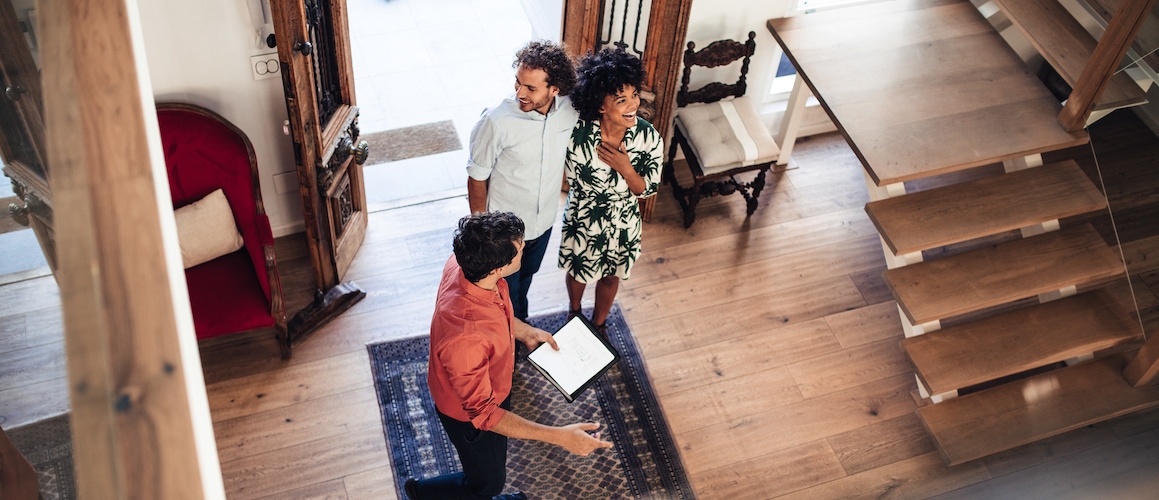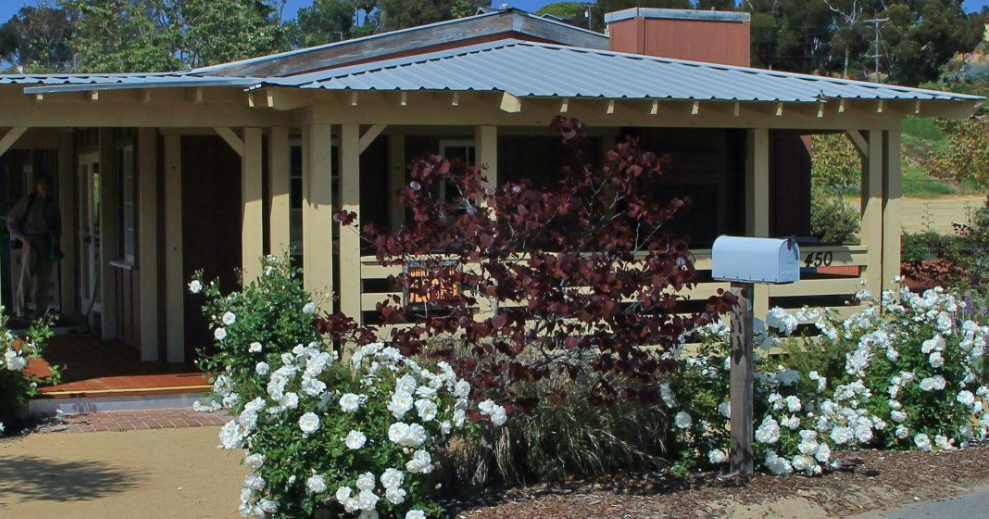Saving up for a down payment on a home can feel like an uphill battle, especially as housing prices continue to rise across the board. Whether you’re a first-time buyer daunted by the climbing market or a potential seller weighing your next move, understanding the landscape of down payments can demystify the journey towards homeownership. The challenge is real, with home prices surging from an average of $266,300 in January 2020 to $359,000 by January 2023, according to the National Association of Realtors (NAR). This leap translates into a significant increase in the amount needed even for a modest 5% down payment, magnifying the hurdles for buyers in today’s economy.

- Achieving the dream of homeownership amidst market challenges. Source: Miranda Crace – rocketmortgage.com
When navigating the maze of mortgage options, the variety can be staggering, from conventional loans requiring as little as 3% down to VA and USDA loans that can offer zero down payment options for those who qualify. Each mortgage type comes with its own set of rules, benefits, and minimum requirements, tailored to different financial situations, credit histories, and purchasing needs. Understanding these options can empower potential homeowners to make informed decisions that align with their financial realities and homeownership goals, revealing that the path to acquiring a home may not require the formidable 20% down payment many assume is standard.

- Understanding the averages: The crucial first step in mortgage planning. Source: time.com
Peering into down payment trends offers fascinating insights. Not surprisingly, the amount put down often increases with age, reflecting life’s progression, income stability, and accumulated savings. Younger buyers, navigating their early careers, tend toward lower down payments, while older demographics, who may be leveraging equity from prior homes, can often afford larger sums upfront. This variability speaks to the fluidity of ‘ideal’ down payment percentages, challenging the one-size-fits-all mentality and highlighting the importance of a personalized approach to home buying and financial planning.

- Navigating the rising tide of home prices in the search for the perfect down payment. Source: time.com
However, fixating solely on the down payment can obscure the bigger picture. The road to homeownership is lined with other significant expenses – from closing costs and moving expenses to the essential emergency funds that cushion life’s unpredictabilities. Moreover, exploring low-down-payment loan options emerges as a viable pathway for many, offering a lifeline to potential homeowners for whom the traditional 20% down payment is out of reach. In this varied landscape, understanding the comprehensive costs and options available can guide buyers toward making choices that suit their unique financial situations and long-term goals.




